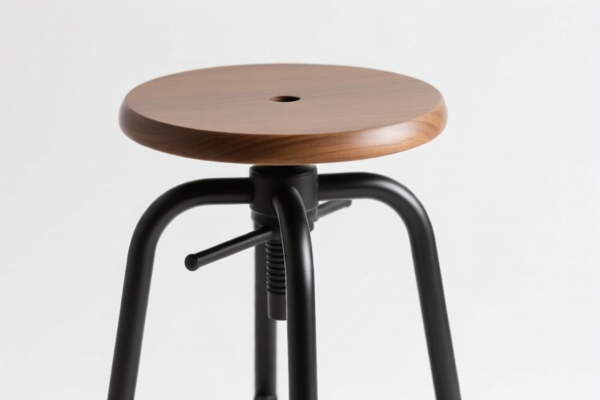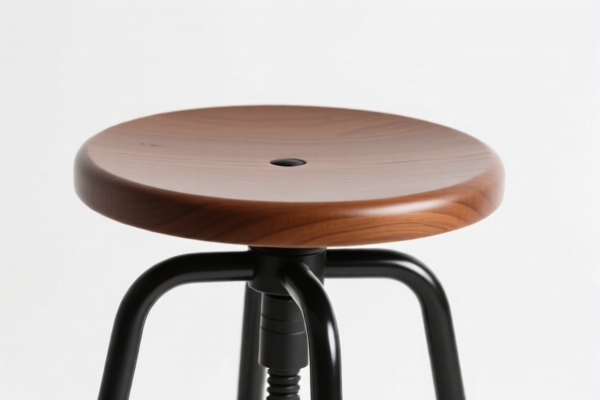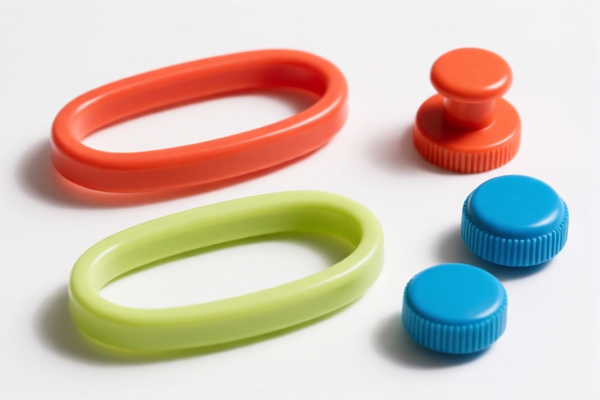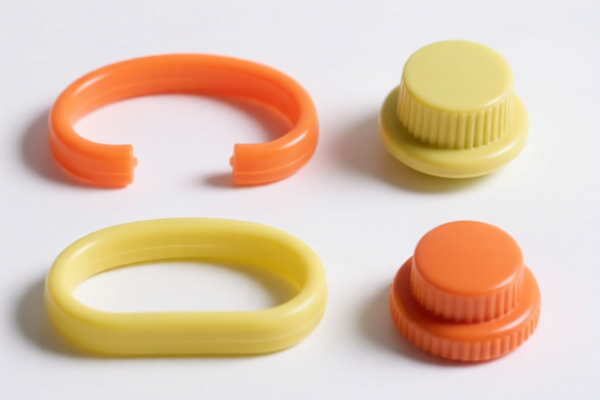| HS Code | Official Doc | Tariff Rate | Origin | Destination | Effective Date |
|---|---|---|---|---|---|
| 9401804035 | Doc | 55.0% | CN | US | 2025-05-12 |
| 9401806025 | Doc | 55.0% | CN | US | 2025-05-12 |
| 3926903300 | Doc | 36.5% | CN | US | 2025-05-12 |
| 6304996040 | Doc | 33.2% | CN | US | 2025-05-12 |
| 6304996030 | Doc | 33.2% | CN | US | 2025-05-12 |
| 6307908500 | Doc | 35.8% | CN | US | 2025-05-12 |
| 6307909882 | Doc | 37.0% | CN | US | 2025-05-12 |




Waist Stool
A waist stool is a baby carrier, traditionally used in many parts of Africa and Asia, consisting of a piece of cloth wrapped around the torso and back, securing a baby or young child to the carrier's body.
Material
Traditionally, waist stools are made from woven textiles, often brightly colored and patterned. Common materials include:
- Cotton: Provides comfort and breathability.
- Linen: Durable and strong, suitable for warmer climates.
- Polyester blends: Offer increased durability and quicker drying times.
- Leso/Kanga/Kitenge: Specific East African printed cotton cloths frequently used for their vibrant designs and cultural significance.
Modern versions may incorporate more advanced materials like:
- Canvas: For added strength and structure.
- Mesh: For improved ventilation.
- Buckles and straps: For easier fastening and adjustability.
Purpose
The primary purpose of a waist stool is to enable caregivers to carry infants and young children hands-free, facilitating mobility and allowing them to perform daily tasks while keeping the child close and secure.
Function
- Secure Attachment: The stool distributes the baby's weight evenly across the carrier's back and shoulders, minimizing strain.
- Hands-Free Carrying: Allows the caregiver to work, farm, shop, or care for other children.
- Close Proximity: Provides a sense of security and bonding for the child.
- Adaptability: Suitable for various carrying positions, including front, back, and hip carry.
Usage Scenarios
- Farming and Agriculture: Enables caregivers to work in fields while caring for their child.
- Market Activities: Facilitates shopping and trade while keeping the child secure.
- Household Chores: Allows caregivers to perform daily tasks without needing to put the baby down.
- Travel and Commuting: Provides a convenient and comfortable way to transport infants and young children.
- Cultural Practices: Often integral to cultural traditions and practices surrounding childcare.
Common Types
- Traditional Tied Stools: These consist of a large piece of cloth that is expertly tied around the body and the baby, requiring skill and practice to secure properly.
- Modern Hybrid Stools: These combine traditional cloth with buckles, straps, and padding for increased comfort and ease of use. They often feature a structured waistband and adjustable straps.
- Pre-Tied Stools: These have a pre-formed structure with adjustable straps and buckles, offering a simpler and more convenient option for those unfamiliar with traditional tying methods.
- Ring Slings with Waist Support: Some ring slings incorporate a waist stool component for added support and weight distribution.
Based on the provided information, the following HS codes may be relevant to “waist stool”:
- 9401804035: Seats (other than those of heading 9402), whether or not convertible into beds, and parts thereof: Other seats: Of rubber or plastics: Other Other: Outdoor: Other: Other. This code covers seats not specifically classified under heading 9402, including those made of rubber or plastics, and potentially suitable for outdoor use.
- 6304996040: Other furnishing articles, excluding those of heading 9404: Other: Not knitted or crocheted, of other textile materials: Other: Other Other: Other (899). This code encompasses various furnishing articles not covered by heading 9404, specifically those not knitted or crocheted and made of other textile materials. A waist stool could fall under this category if constructed from such materials.
- 6304996030: Other furnishing articles, excluding those of heading 9404: Other: Not knitted or crocheted, of other textile materials: Other: Other Other: Containing 85 percent or more by weight of silk or silk waste. This code is for furnishing articles not in heading 9404, not knitted or crocheted, and made of textile materials with a high silk content (85% or more). If the waist stool is made primarily of silk, this code may apply.
Tax Rate Information:
- 9401804035: The base tariff is 0.0%, with an additional tariff of 25.0%. After April 2, 2025, the additional tariff increases to 30%, resulting in a total tariff of 55.0%.
- 6304996040 & 6304996030: The base tariff is 3.2%, with an additional tariff of 0.0%. After April 2, 2025, the additional tariff increases to 30%, resulting in a total tariff of 33.2%.
Important Note:
The classification of “waist stool” depends on its material composition and specific construction. If the stool is made of rubber or plastic and intended for outdoor use, 9401804035 may be appropriate. If it's a textile furnishing article not knitted or crocheted, 6304996040 or 6304996030 could apply, depending on the silk content.
Customer Reviews
No reviews yet.